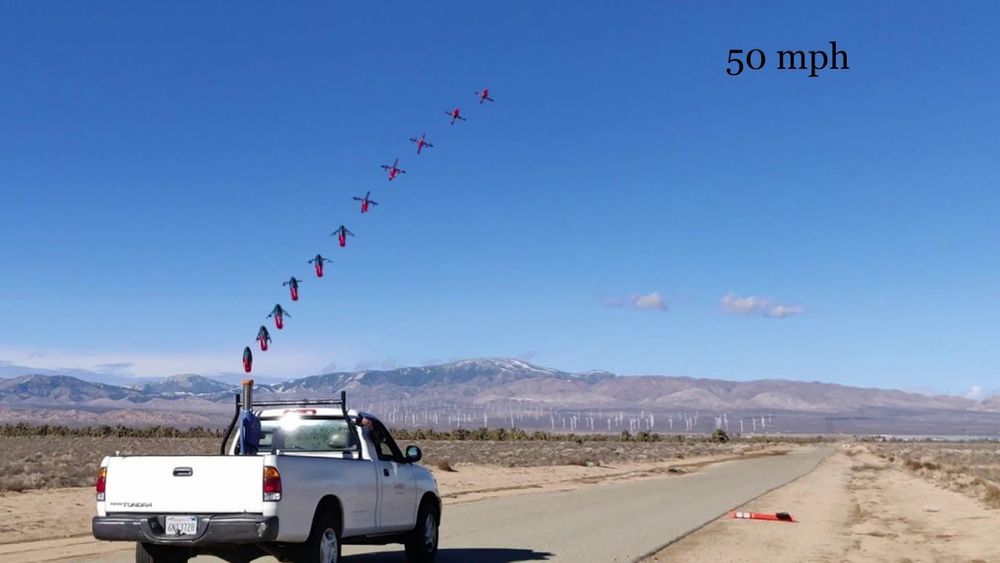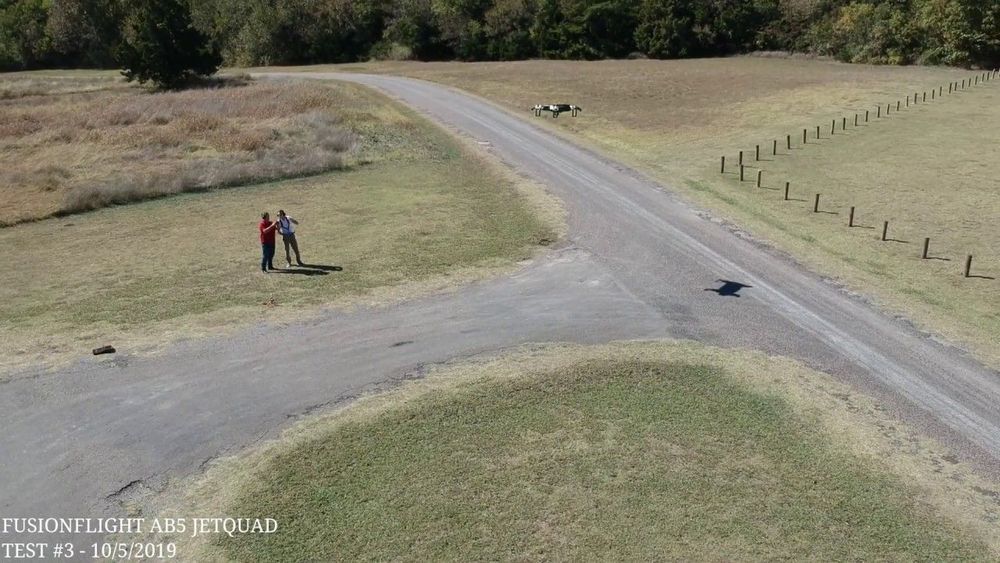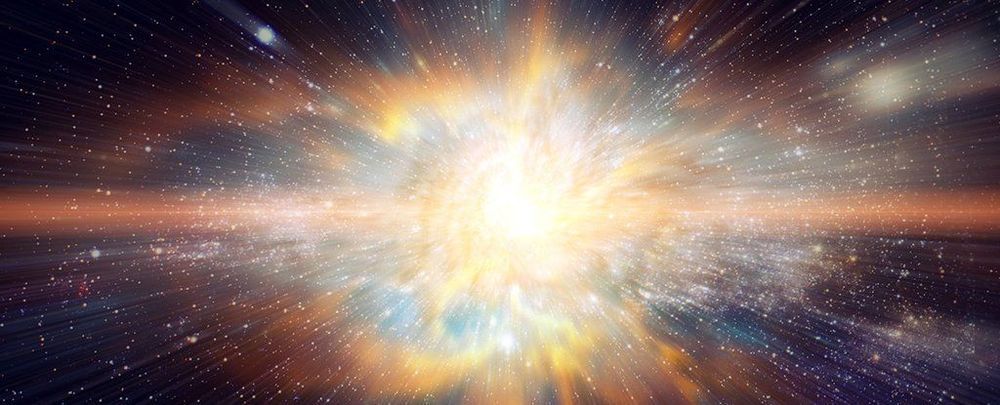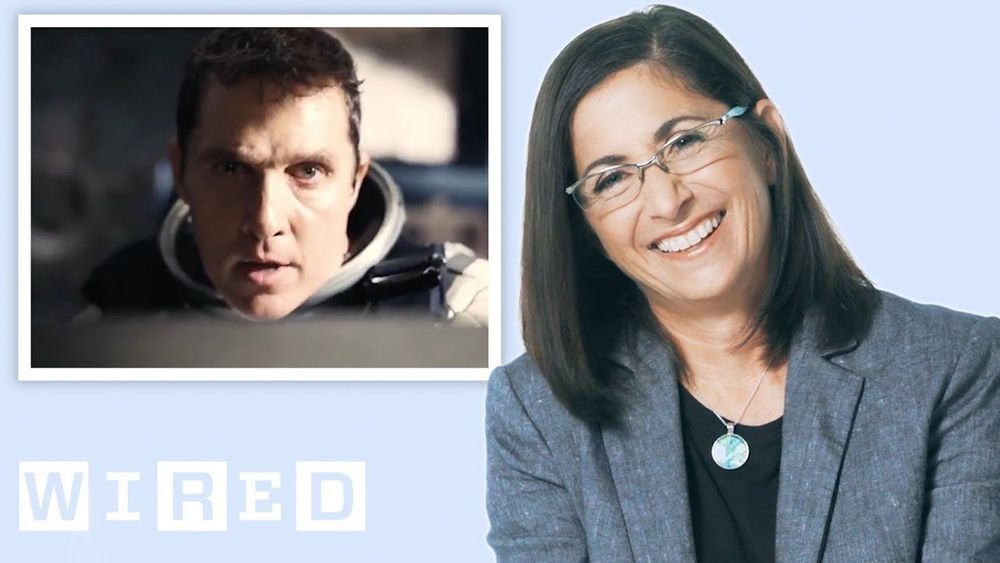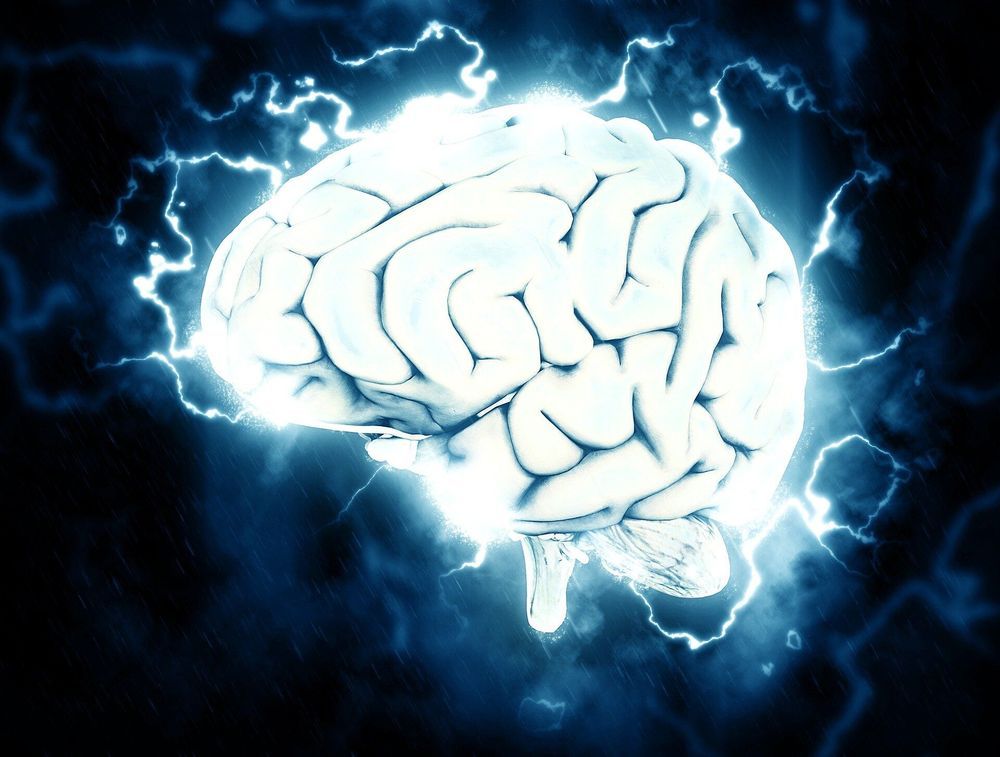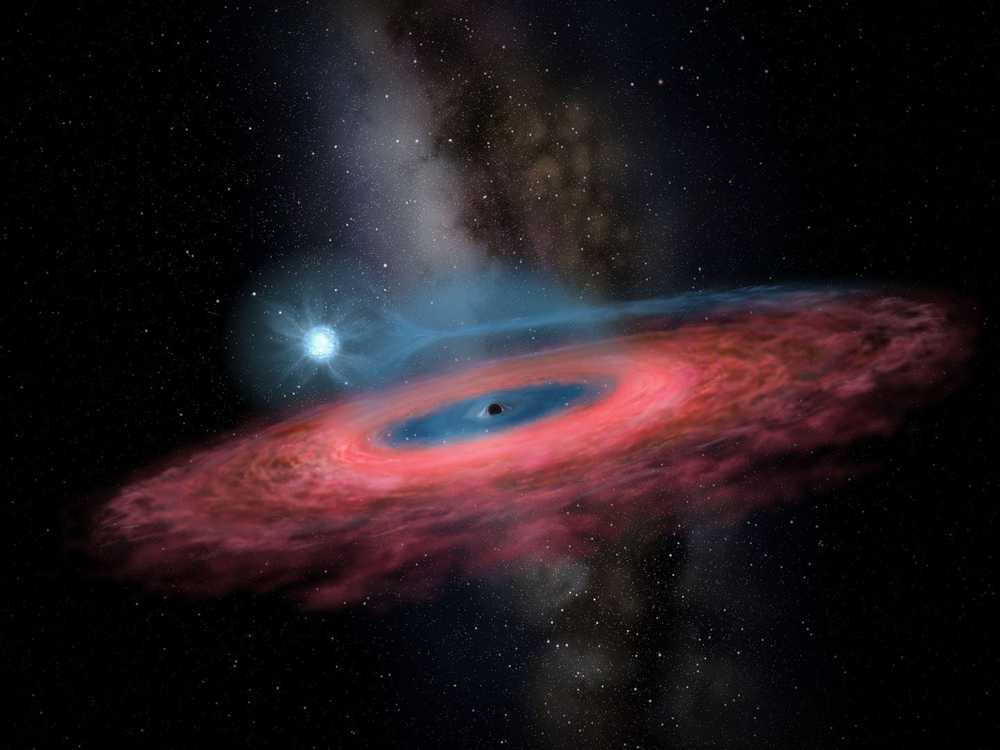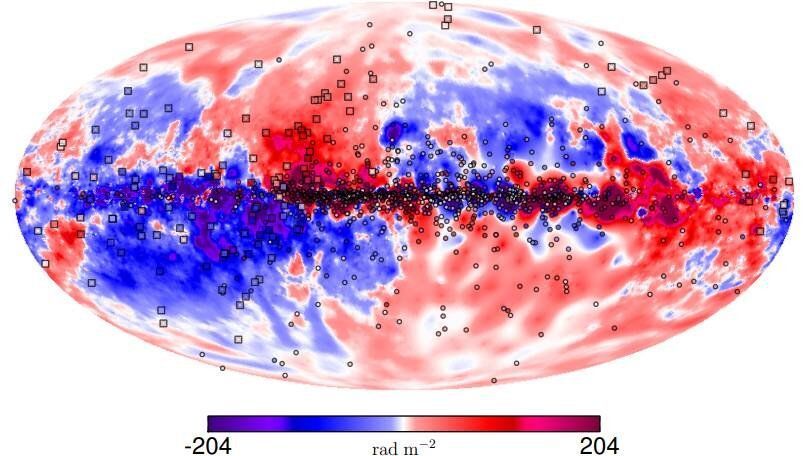Nov 30, 2019
SQUID drone is launched by a cannon from a moving truck [video]
Posted by Genevieve Klien in category: drones
Not only are people still coming up with new drone applications, but they are also still coming up with new drone designs. How about the SQUID drone that is launched from a cannon mounted in the bed of a moving truck. Once the SQUID reached a certain altitude, it deploys and flies away like a ‘normal’ drone.
